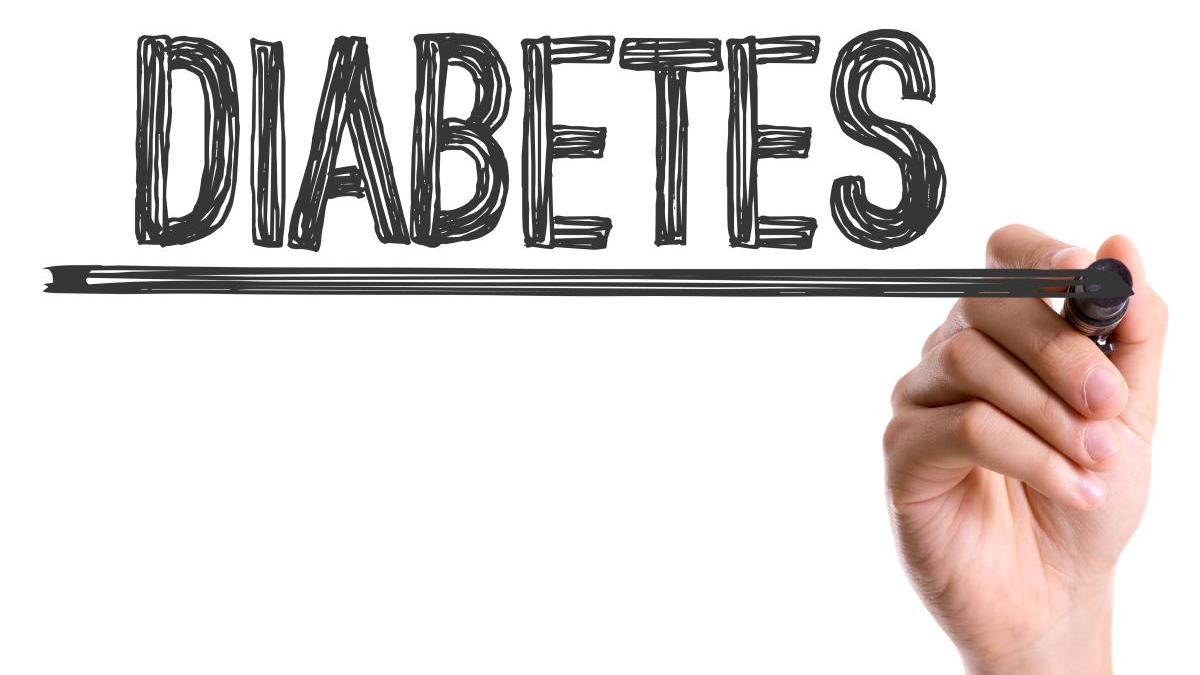Many people get confused between type 1 and type 2 diabetes. Although they both have something in common, there are lots of differences. First of all, only about 8% of people with diabetes have type 1, and around 90% have type 2 diabetes. Still, both are serious health conditions, and high blood sugar levels can lead to severe complications in both cases.
What are type 1 and type 2 diabetes?
Both types of diabetes mean that you have too much sugar in your blood. The difference is in the way it happens. If you have type 1 diabetes, an autoimmune reaction of your body destroys the cells producing a hormone called insulin. We need insulin because it helps glucose move from the blood into body cells, where it can be used as an energy source. In the case of type 2 diabetes, either your body cannot make enough insulin or produced insulin does not work properly. It is called insulin resistance. Similarly, this means the sugar level in the blood is too high.
Risk factors
A big difference between the types is that the first one is not associated with a lifestyle or weight. Therefore you cannot affect the risk of developing type 1 by lifestyle changes. Children and people up to 40 years old are more likely to be diagnosed with it. In fact, the majority of children with diabetes have type 1.
For type 2 diabetes, there are some factors known to put you at more risk: age, family history, ethnic background, and obesity. Not all aspects are controllable, but there are things you can do to reduce the risk. A healthy diet, staying active, and maintaining a healthy weight can help to prevent type 2 diabetes.
Symptoms
Both types of diabetes share common symptoms. They include:
- frequent urination;
- being thirsty;
- feeling more tired than usual;
- losing weight without intention;
- genital itching;
- blurred vision;
- cuts and wounds take longer to heal.
However, symptoms of type 1 diabetes often appear more quickly, which makes them harder to ignore. In contrast, type 2 diabetes develops slowly and, therefore, can be easily missed. That is why it is essential to know the risk factors of developing the condition.
Management and treatment
If you are diagnosed with type 1 diabetes, you will have to take insulin to control blood sugar levels. You will also need to test your blood for sugar levels regularly and manage the amount of carbs you consume. An overall healthy lifestyle will help you reduce the risk of diabetes complications. You also need to eat healthily and stay active if you have type 2 diabetes. It will help you manage your weight and diabetes. In addition, people with type 2 also need to take medications.
Unfortunately, currently, there is no permanent cure for either type of diabetes. But there is evidence that patients with type 2 diabetes can achieve disease remission by losing weight.
The emotional impact
Living with diabetes can sometimes feel overwhelming. It is important to understand that such a long-term condition can have an emotional impact. If you are struggling with diabetes, remember that you are not alone. There is a lot of support available to you, where you can speak to trained advisors about your feelings and ways to manage them. Many people are living with diabetes and facing similar problems. You can reach out to them on forums and at local groups to give or receive some support.
More details:
Prediabetes and measures of prophylaxis
Causes, mechanisms of the disease development and symptoms (Diabetes mellitus type 1)
Causes, mechanisms of the disease development and symptoms (Diabetes mellitus type 2)
















Leave a Reply
You must be logged in to post a comment.